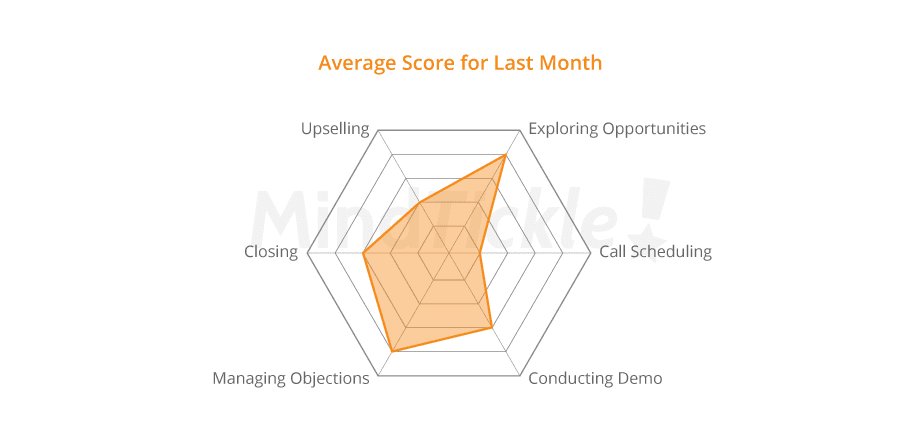The Enablement Power Team: Content + Training
Buyers today have changed. They don’t want traditional ‘sellers’; they want trusted guides. To do this successfully, modern sales reps need on-demand access to content and training in one place so they can be ready for any buyer conversation.
True sales readiness today means that training content and customer content are linked at the hip.
There’s no doubt every sales, marketing, and enablement leader is gearing up for 2018 with this in mind. What will sales look like over the coming year? Here at Highspot, sales leaders are telling us that B2B selling is becoming increasingly complicated. In our 2017 State of Sales Enablement Report, 64.5% of sales reps reported that they are experiencing more complex sales processes.
In a sea of internal complexity, it’s more important than ever to simplify for sellers so that they are able to simplify and distill for buyers. According to one report by Aberdeen, “marketers and sellers who align content with key stages of the buyer’s journey are more likely to win business and68% of best-in-class companies have a process to align content with key stages of a buyer’s journey, vs. 53% for others.”
To align sales and marketing for success, sales readiness must be a key theme for B2B sales and sales enablement leaders in 2018. Despite the increasing complexity of the sales process, it’s clear that buyers will accept no less than a truly modern and tailored sales experience, characterized by knowledgeable reps who guide the process. These are the reps that will win deals over their competition.
Sales teams are under the gun to produce results quickly, no less so when talking to prospective buyers in real time. Sellers have a tall set of tasks they must execute perfectly and fast: they must be able to find the right piece of content to match their buyer’s current scenario at a moment’s notice—despite having to sort through volumes of content that are difficult to access or search in order to find the needed assets. They simply don’t have time to wade through all of the content available to them to pick out just the right pieces. Sales training around the latest product features or messaging or competitive kill points are just as essential to getting it right—all in a timely way.
Here are 2 practical tips to ensure your team has the power punch combo of content and training in your arsenal this year:
- Reevaluate where sales content is stored today:
- Do sales have a single place to go for sales content and sales training?
- Are sales materials aligned to opportunity stage, buyer persona, etc.?
- Can all of this be accessed online, within your CRM system, inbox, and mobile devices?
- Ensure you can measure sales readiness and content activity:
- Before you look at pipeline and quota performance, you have to first be able to answer whether reps have the knowledge, competency and are then carrying out the activity they’ve been instructed to perform. Have your reps completed their assigned training? Do they comprehend and retain core concepts? Are they using sales content at the right times, in the right places, and in the right ways?
If the answer is no to any of these, it’s time to explore alternative solutions.
Highspot and Mindtickle have worked together over the past few months to seamlessly integrated sales training and content curriculum alongside sales assets and collateral. With this integration, customers can choose to make sales training a requirement before reps are able to access certain pieces of collateral. This helps keep the bar high for sales engagement – which is what today’s buyers expect.
It’s a great time to take a closer look at how you’re using technology to enable your sellers. Companies and sellers that are modernized today will be tomorrow’s market share winners.
Learn more about how Mindtickle and Highspot work together to enable sales teams to succeed.
This is a guest post from Jake Braly, Vice President of Marketing at Highspot.







